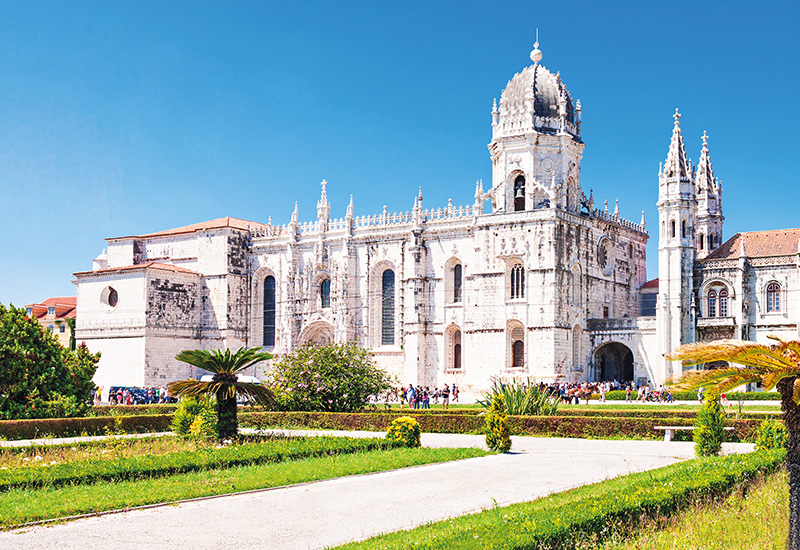Exploring The History of Portugal’s Convent Sweets: Doces Convento
Last month, I tried my hand at shedding some light on the unusual name of the famous Molotof pudding. This month we’re taking a look at some very historic and somewhat religious types of desserts known as Doces Convento.
Doces Convento (Convent Sweets), or Doçaria Conventual Portuguesa, are a selection of sweet cakes. As the name states, its origins lie in the historic convents of Portugal. Tasked with unravelling their history, we have to go back to the 15th century, 100 years before the construction of the Convento de São Francisco in Portimão– near where I write this story.
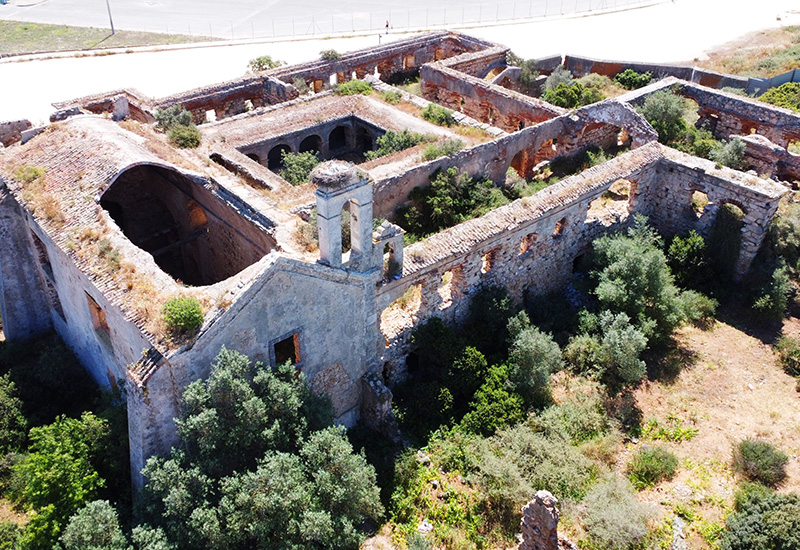
Many of the nation’s best-loved sweets can be traced back to the kitchens within the convents of the former kingdom of Portugal. Prior to conventual confectionery, sweets did not include sugar until Portugal’s sugar trade in the mid-16th century. At that time, sugar cane was introduced to Brazil from the island of Madeira. It was Prince Henry the Navigator who first imported sugar cane to Madeira from Sicily in a bid to increase revenue due to Madeira’s location, climate, and soil. By the end of the 15th century, Madeira was the world’s greatest producer of sugar.
For sweet tastes, prior to the importation of sugar, honey and dried fruits were used as a sweetener ingredient and introduced to Portugal by the Arabs centuries earlier. This was documented in the 13th-century writing “a treatise on cuisine” by Muslim-Andalucían scholar Ibn Razin Tujibi in 1293.
It is believed that convent sweets or Doces Convento were created due to the plentiful supply of egg yolks. The egg whites were used as a purifier in the production of wine, a watering agent for ink made with crushed charcoal and as an aid for ironing the clothes for noblemen, clergy and nuns’ habits. Often, the leftover egg yolks were used as animal feed or even thrown away altogether, which for those of us who solely like the yolk of an egg, seems a terrible waste.
With so much surplus egg white and the need to raise money after the hardships of war, the nuns eventually realised they had created a lucrative business selling sweets and the name Doces do Convento was coined. Using basic ingredients available at the time, recipes were changed and improved over the years, with many being unique to certain convents.
Across the border in Saville, Spain, the historic 14th-century Convento de San Leandro made a name for itself selling its famed Dulces de Convento, which are still sold today using the traditional Torno system whereby customers order from a serving hatch, so as to not come in direct contact with the nuns of the Order of Augustine which was first founded in 1295.
Back here in Portugal, it was in the 17th century when the mass production of sugar in Brazil created the ability to use a new and inexpensive ingredient, further popularising the Doces do Convento. 150 years later, between the 18th and 19th centuries, Portugal became the largest egg producer in Europe, thanks to the country’s convents and monasteries’ agricultural abilities.
Up and down the country, various convents produced some of the best-loved Portuguese sweets that we know and love today. The popular ‘egg strands’ which we see on many desserts are known as Palha de Abrantes, which was created by the nuns of the Convento de Graça in Abrantes. Another treat is Brisas do Liz, a small glazed sticky yellow-coloured ‘cupcake’ which originates from the city of Leiria, where it was first created by the nuns of Convento de Santana. It is also the origin of the Brazilian sweet Quindim, which uses shredded coconut instead of the traditional almonds as one of the three parts of the basic recipe of eggs and sugar.
Meanwhile, the origins of one of the Algarve’s favourite tourist treats, Dom Rodrigo marzipan sweets can be traced back to the 18th-century nuns of the Convento de Nossa Senhora do Carmo in Lagos. Legend has it that the nuns made these beautifully crafted sweets as a gift to the then Governor General of the Algarve, Dom Rodrigo de Menezes. Over time the governor’s name became associated with the sweets and in turn, became a cultural aspect of the city of Lagos and a typical edible souvenir for any tourist or local alike. Its popularity is so widely known that in 2019 the world’s largest Dom Rodrigo sweet was created. It was judged by Guinness World Records and weighed in at 125.4kg.
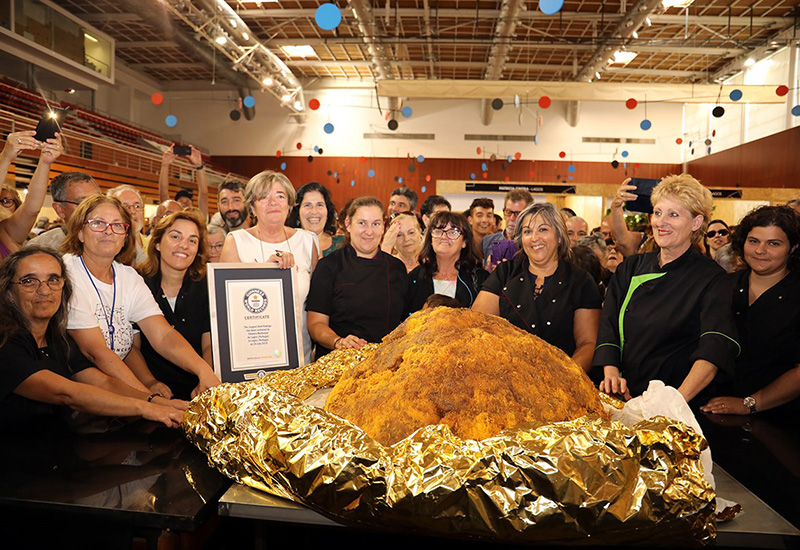
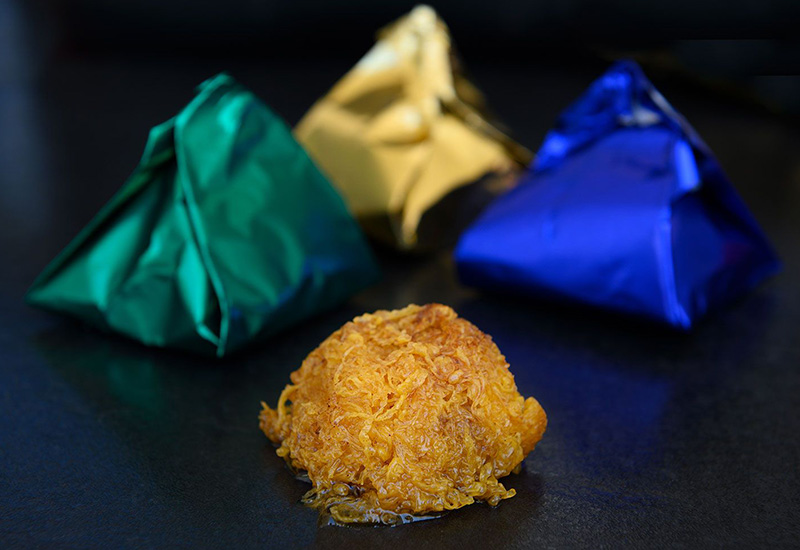
However, it wasn’t just the convents which produced some of the nation’s best-loved sweets; in fact, it was the monks of the Jerónimos Monastery (main photo) in the parish of Belém, Lisbon that created arguably Portugal’s favourite sweet, the Pastel de Nata. The monastery, which stood in the same grounds as the former Order of Christ, better known as the Knights Templar, created the iconic Pastel de Nata in a bid to raise money to survive due to difficulties caused by the liberal revolution of 1820. By 1834, the monastery closed and the head chef sold the recipe to a Portuguese entrepreneur from Brazil, Domingos Rafael Alves, who patented the name and the original recipe as Pastéis de Belém. Yes, that’s right folks, our beloved Pastel de Nata was thanks to the successors of the Knight Templar, and you can’t get any more Portuguese than that!
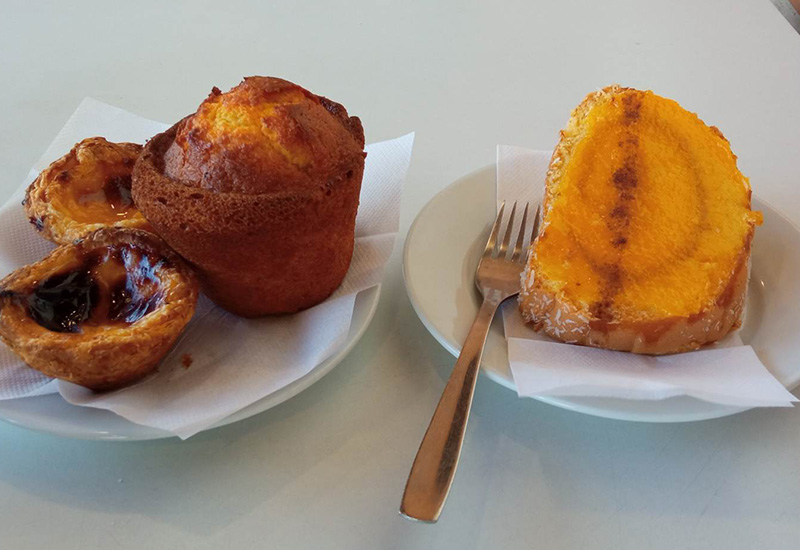
You might also be interested to know that my ancestor Alexander Stewart, 4th High Steward of Scotland, fought on the Seventh Crusade under King Louis IX of France and later made a pilgrimage to Santiago de Compostela, where he baptised his eldest son James.
Over time it became common practice for convents and monasteries to offer their sweets to visiting guests. The convents of the Order of Santa Clara and the Carmelites gained a great reputation for their hospitality. One of the most famous sweets, Pastéis de Lorvão, an almond-based tart often dusted with icing sugar, giving a smooth nutty flavour, has roots in the Monastery of Santa Maria do Lorvão in the municipality of Penacova and has an impressive historical association. It is said that during the French invasion of Portugal in 1807, the 1st Duke of Wellington Arthur Wellesley (1769 – 1852) stayed overnight at the Monastery and fell in love with the Lorvão pastry.
It is worth noting for our British readers that, unfortunately, Madeira cake isn’t of Convento Doce heritage and it’s not even from Madeira. In fact, it’s a truly British invention that takes its name solely from the Madeira wine, which is used in its recipe. However, Bolo de Mel or Honey Cake, a favourite on the island, did originate in the kitchens of the Convento de Santa Clara da Madeira in Funchal.
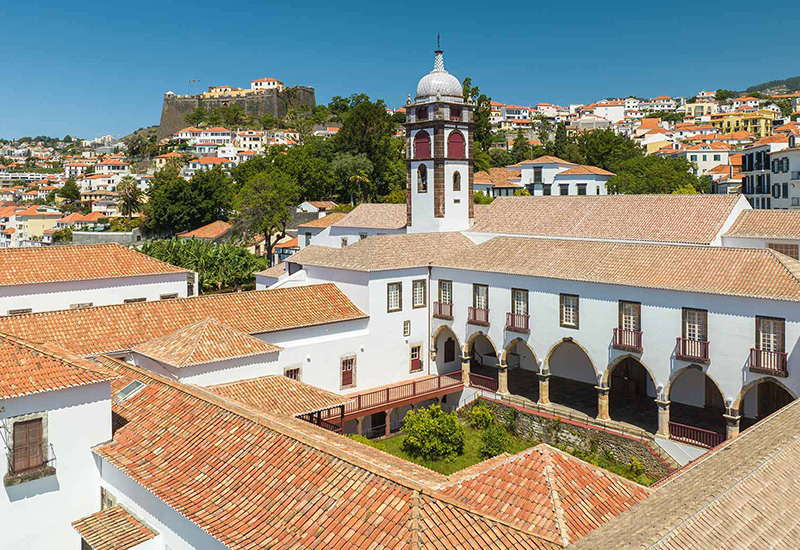
It wasn’t just nuns who were creating such delicious delights in the convent kitchens. Many daughters of noblemen joined convents due to a religious calling, family pressures, or even when marriage was not possible. Noblewomen in the convent were normally given kitchen duties alongside maids and chefs, thus given a place of education and refuge.
Following the end of the Liberal Civil War in 1834, the extinction of religious orders was decreed and Portugal’s historic convents slowly fell into decline and only remained in operation until the last nun died. Often nuns sought refuge with welcoming families of the parishes and their recipes were shared or even sold to pasty shops in exchange for a small fortune. It is also without a doubt that some noblewomen also shared the once-secret recipes after the convents closed their doors. While many recipes survived and were often altered, other recipes which were specific to certain convents were either lost in time or purposely burned and destroyed, never to be heard of again. Thankfully many of the once-named Doce Conventos have been preserved and today, they make up the display cabinets of many cafes and pastry shops across the country and continue to be enjoyed centuries after their accidental creation.
But, perhaps in an old family bible somewhere in the country, scraps of paper may contain the recipes for some of these forgotten delights just waiting to be discovered.
